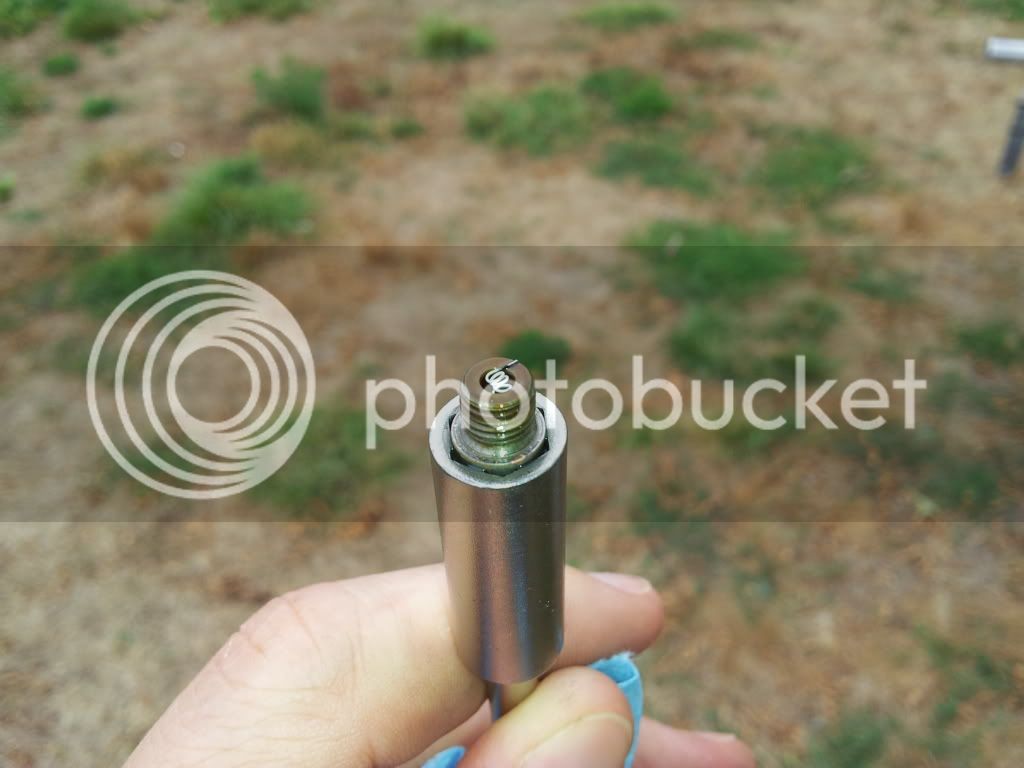Joe Warren
Well-Known Member
- Joined
- Nov 29, 2003
- Messages
- 8,189
There are many Veteran boaters here that have a ton of experience on engine mods and Go Fast stuff. But in todays world of different boats types and pipes & props that are on the market it is now ever important to be able to read the plug for Maxium Performance. If your just trying to get it running, maybe not so important? But the day will come that you want more speed and the needle changes and prop pitch and pipe length changes will all effect fuel demands and the Needle changes. In some applications we have a ever changing load. (hydro) You will want to make plug reading after comng in on the rich side of the 3rd channel needle and finding a barely clean needle & a few Wide open throttle runs..... A clean & shiney ring around the plug is Cold Operating Engine Temps. The Ring around the Element is Engine Operating Temps. However the Wire (element) can look New & Shiney, Dull, Medium Gray, Gray & Blistered. This is actually the fuel mixture the engine is operating with. Play close attention to the wire & it will tell you If you can possibly lean the engine more for speed Or if you are at the limit of damaging the plug element & engine. Small engines .15 &.21 . operate at high rpms and abuse the plugs regular. But learning to read the plug can tell you if you can possibly change props or pipe length to Go faster? A Carmel Colored Ring around the plug and a all Gray Wire is Good Needle and Good Engine Operating Temp 100% Power ... Investing in a Good Flow Meter and a small Infrared heat gun can help you learn quickly at the lake. Maybe some others will post here to tell what they have learned over the years to read the plug?
Last edited by a moderator:




